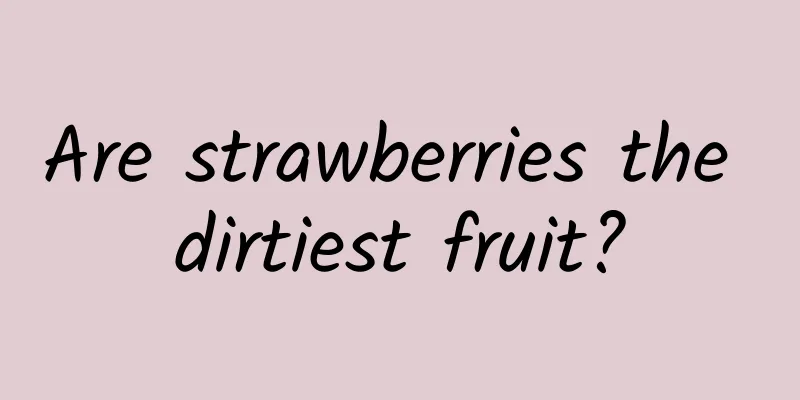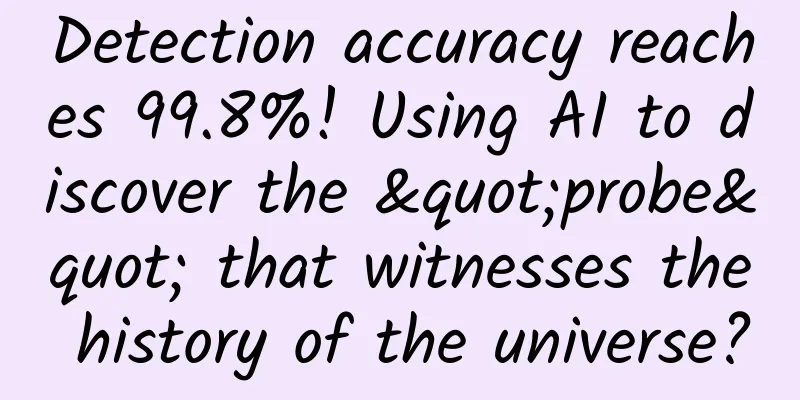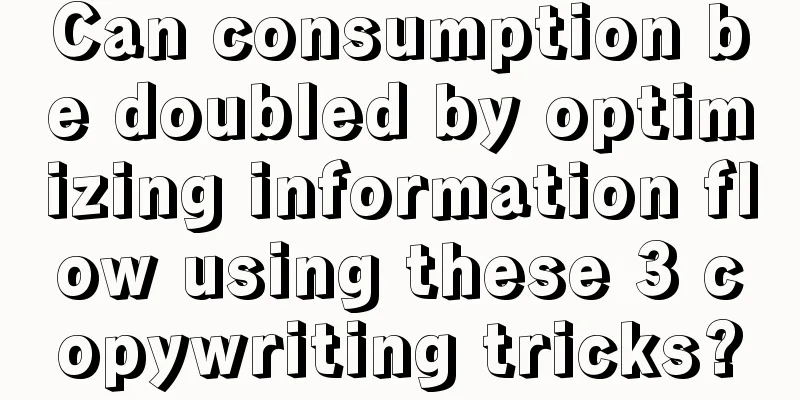How to target information flow ads? Share 3 major orientation methods!

|
We all know that "targeting" is the basis of information flow and is also related to conversion . But, do you really understand the orientation method? Do you know how to use orientation? Generally speaking, targeting methods can be divided into the following three categories: basic targeting, interest targeting and behavioral targeting.
Next, Rabbit will use the above three orientation methods to explain in detail the specific applications of different orientation methods. 1. Basic OrientationBasic targeting, to put it simply, is also the process of targeting potential groups. When there is not much data in the early stage, we can carry out basic targeting based on the basic attributes of the target audience, such as region, age, etc. Generally speaking, basic targeting can be based on the following four attributes:
Basic targeting is mainly the process of targeting based on crowd attributes. Then we can perform multiple redirections based on crowd attributes to maximize the effect! Generally, basic orientation can be considered from the following points: 1. Core foundation orientation "Scenario" and "occupation" are necessary factors when we conduct basic orientation. By determining the user's product usage scenarios and their income ability through their occupation, we can determine a general investment direction. 2. Auxiliary basic orientation On the basis of the above two targeting factors, the accuracy of the delivery is guaranteed to the maximum extent through key points such as "region", "device" and "time period". 2. Behavioral OrientationThis type of targeting is the most accurate. Generally, its orientation methods can be divided into the following three categories: 1. Search targeting: targeting based on the user’s search terms 2. Interaction targeting: Based on the user’s social behavior, such as interactive likes, reposts, comments, etc. 3. Back-targeting: targeting based on user browsing behavior, such as purchases, browsing related pages or public accounts , etc. 3. Interest OrientationIt is targeted by the user's interests and hobbies, so it is more targeted at the intended group of people. Users' interests and hobbies can be divided into many categories, and we can select the categories that best match our products for delivery. In terms of interest targeting, although it targets intended groups, the attributes of the groups are relatively broad. We can combine different targeting methods to ensure the accuracy of traffic . However, everything depends on the attributes of the product. Generally speaking, interest targeting can be combined in the following three ways: As the name suggests, based on interest classification, select interests that are more in line with your own products and then launch them. This method is more suitable for products with a single attribute, such as art training, bidding training, etc. On the basis of targeting interests and hobbies, we classify the product target audience according to their attributes to minimize the traffic and make it more precise. Based on the accurate classification of user behavior based on big data, we further divide people into different groups based on their interests and hobbies to minimize errors. The above is a brief introduction to directional applications. Then someone might ask: Rabbit, you have explained the orientation method very clearly. But I don’t know which orientation to use. What should I do? For problems like the above, we need to ask ourselves two questions before conducting orientation: 1. What marketing goals do I want to achieve through information flow? For example, if my goal is product conversion, then behavioral targeting may be more suitable because the target audience is precise; if my goal is brand awareness, then basic targeting may be more suitable because the target audience is broad, and I only need to tell my target audience... 2. What kind of people do I want to reach through information flow? For example, if it is the intended group, it is interest-oriented; if it is the 30-40 group, it is basic orientation... Traffic conversion is a systematic process that requires us to take all aspects into consideration, but no matter which level, we must base it on "marketing purposes" and "target groups". The author of this article is @兔子. It is compiled and published by (Qinggua Media). Please indicate the author information and source when reprinting! Product promotion services: APP promotion services, advertising platform, Longyou Games |
<<: 5 steps to quickly write high-conversion information flow advertising copy
>>: A Complete Guide to Business Analysis - Using Data Analysis to Solve Business Problems
Recommend
What kind of experiment is done 2,400 meters underground? | Science and Technology of a Great Country
Audit expert: Chao Wei Associate Professor, Beiji...
SAIC Motor: SAIC Motor's cumulative vehicle production in November 2023 was 536,883 units, a year-on-year increase of 16.94%.
SAIC Motor released its November production and s...
The main tea tasting studio in the center of Chengdu is worth collecting
Reservation arrangements for Chengdu Tea Tasting ...
Distraction: The unexpected benefits
© Behance Leviathan Press: Mind-wandering, also k...
Cocos Salon Shenzhen Station is launched with a strong lineup and brings the freshest "dry goods"
Summer is coming, and the Cocos Developer Salon w...
Mother’s Day Marketing Promotion Case Analysis!
A Boston company called Rehtom once posted a very...
Ancient soft-bodied fossils
1. Even if you don’t have a hard bone, you still ...
Momo Live Personal Anchor Membership Operation Guide
Personal anchor membership operation guide Indivi...
Marvel movie Thor series 3 ultra-clear English and Chinese subtitles collection
Marvel Movie Collection Download Marvel Movie Col...
WeChat has 6 major advertising types, and all of them support mini-program delivery!
From now on, all advertisements in the WeChat eco...
On the first day of the new year, beautiful images came from Mars
On New Year's Day 2022, the National Space Ad...
Voyage launches its first driverless taxi: controlled by mobile phone
Recently, Voyage launched its first driverless ta...
Pan Zhanle, Zheng Qinwen, Quan Hongchan...they are all extremely relaxed, without any internal friction!
The 2024 Paris Olympics has come to an end. The p...









